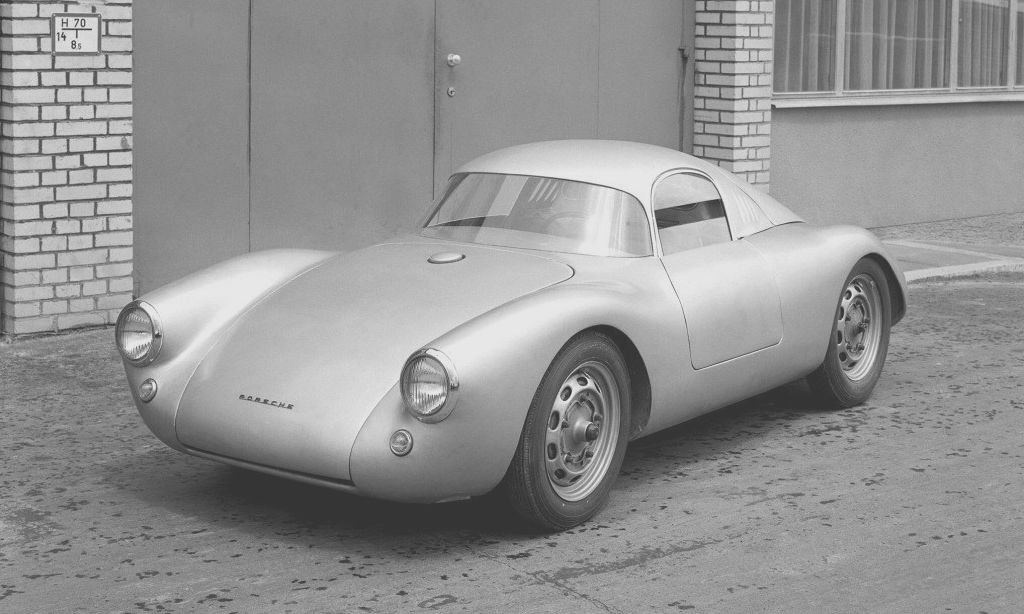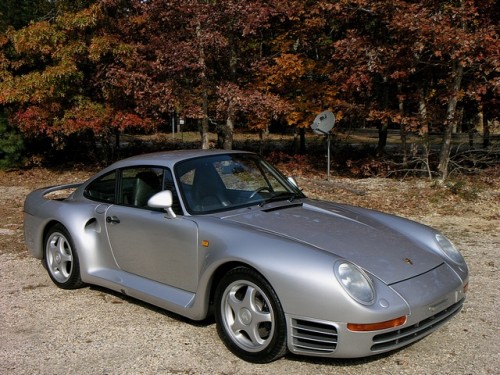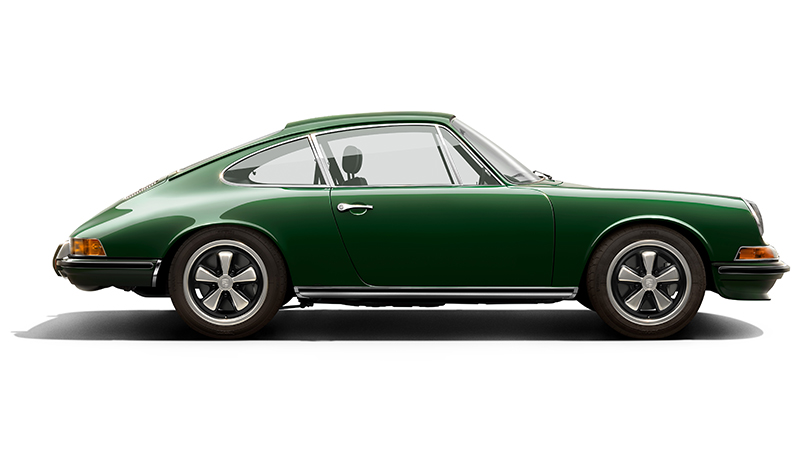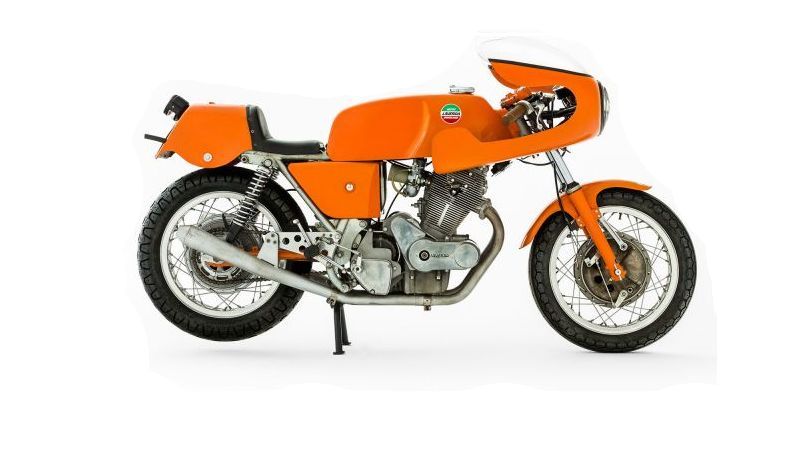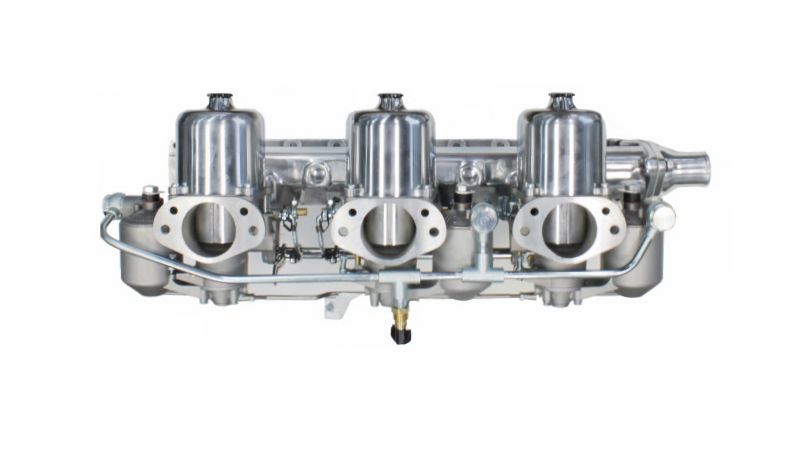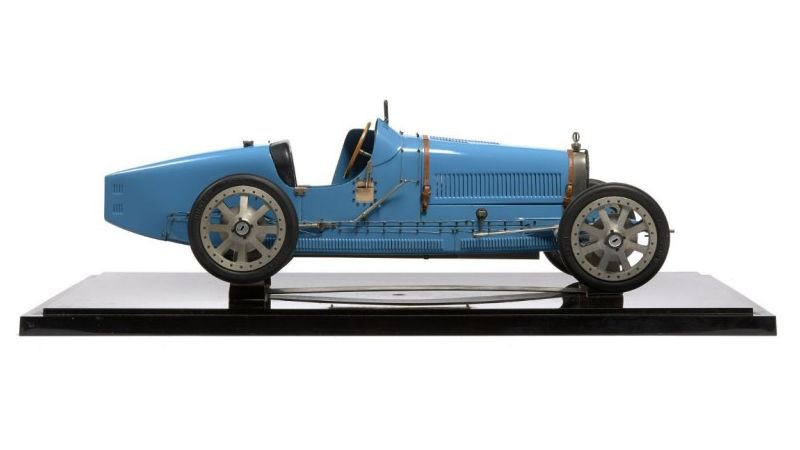Porsche Motor Cars
example Porsche successfully Sold
I couldn't find the sports car of my dreams, so I built it myself
Keep your eyes open on the city streets and highways and you will see an unorthodox, small bodied car darting through traffic with unassuming ease. Listen and you will hear a soft, deep-throated purr. The sight and sound combine to form the Porsche.
Now visit a sports-car race. There is the same car, this time with muffler removed, roaring lustily as it passes car after car with the same unassuming ease. Then sit in the grandstand at Sebring, where America's Grand Prix of Endurance is run each spring, and watch the Porsches.
Notice how they easily outrun many larger cars; how they chase the Ferraris even though they have an engine almost one-third smaller. Then, if you have a chance, sit in one and discover the luxurious interior and the surprising amount of room for a small sports car.
These wonderful little machines are made within many performance ranges. There is a wide choice of engines and several bodies. But every one, from the production 1600 Porsche to the racing RSR, exhibits fine workmanship, speed and an amazing agility.
In many ways the Porsche resembles the beetle-shaped Volkswagen. It should, since it is a direct descendant; but its heritage goes back almost to the beginnings of the automobile age. The Porsche is the distilled essence of almost fifty years of success, failure, and experimentation.
One might say that the modern Porsche really began in 1902 when Dr. Ferdinand Porsche built his first car. That car was the Lohner electric. It was quite remarkable because of its method of power transmission. A gasoline engine drove a generator which supplied power to electric motors mounted right on the wheel hubs!
What is important about this type of drive is that it showed Porsche's early preoccupation with power transmission. He always wanted the power as close to the driving wheels as possible, a system which does away with long drive shafts. This thinking is reflected in both the Volkswagen and Porsche cars which have the engines mounted adjacent to the driving rear axle.
After building the Lohner, Dr. Porsche moved ahead rapidly. He has had a hand in the design of more cars and components than possibly any other engineer. Following the Lohner he designed or improved cars for Panhard, Austro-Daimler, Mercedes-Benz, Auto-Union, Volkswagen, Renault, and Cisitalia.
Many of his innovations are used throughout the entire industry. Torsion-bar suspension, swing axles, the opposed cylinder engine, and the entire rear-engine concept were either developed or improved on the drawing board of Ferdinand Porsche. Yet it was not until 1947 that a car bore his name.
If we are to call the Porsche the son of Volkswagen, we should also mention that much of the engineering was done by Dr. Porsche's own son, Ferry. In 1930 Dr. Porsche formed his own engineering-firm, and young Ferry joined it as soon as he could qualify.
It was during the great turmoil that accompanied the design of the Volkswagen during the late thirties that Porsche conceived the idea of a sports-type Volkswagen. During 1938 he worked out the exact plans. The car was to be similar to the VW in every way except the frame and body.
It would use a VW engine, but highly modified to provide more power. Transmission and running gear were to be the same except for higher stressing to handle the stronger thrust. Shortly before World War II this car was actually constructed and tested, but the plans were laid aside due to the military emergency.
Just before the end of the war Allied forces discovered the Wolfsburg factory where the VW's were built. A further search led to the seventy-year old Dr. Porsche at Gmünd in southern Austria. The British army interned him in his own house until the French requested his services.
These services were to be in the form of assistance in the design of a small rear-engined Renault. Porsche's knowledge of rear-engine design was invaluable to the Renault firm, and the car they finally built with his aid is the familiar 4-CV. But the war was a bitter experience, and the French authorities regarded him as an enemy.
Porsche was jailed in 1945 and remained in the custody of the French until 1947. Ferry Porsche petitioned time and time again for the old man's release, and finally the French agreed - if a bond of one million francs would be posted. This was well beyond the means of the family, but it was Dr. Porsche's reputation that finally freed him.
Somebody wanted him to build a car. It was Piero Dusio, former racing driver and head of the Cisitalia firm. Dusio guaranteed the bond because he wanted Porsche to design a racing car.
His health broken, but still full of automotive ideas, Dr. Porsche returned to his home and designed the Cisitalia. Ferry had already done the basic work and his father added the refinements. Like every other car he created, the Cisitalia was full of innovations.
It was designed to conform to the 1.5-liter racing formula of the time, but its tiny twelve-cylinder engine was capable of developing 450 horsepower. The engine was rear mounted, of course, but the truly startling idea was a four-wheel drive!
This was unheard of on a racing car, but no one could protest against the sure-footed traction of four driving wheels. In addition the front-wheel drive could be cut in and out at the driver's will. Unfortunately, Cisitalia moved to Argentina shortly after the car was built, and the machine was never seriously raced.
The short-lived Cisitalia episode served a fine purpose. It started Dr. Porsche on the road to his own sports car. The first Porsche was produced in 1947 and exhibited to the public in 1949. It has been a success ever since. In 1950, at the age of seventy-five, Dr. Porsche died.
This was a man whose career began shortly after the beginnings- of the automobile; a man whose engineering genius was applied to almost every phase of the development of the automobile; a man who will not be forgotten because of the automobile that bears his name.
We are looking for the following cars. If you do have any of the below listed vehicles - and you are ready to sell - please Contact Us.
| Porsche |
|---|
| 356 |
| 550 |
| 904 |
| 918 |
| 924 |
| 928 |
| 959 |
| Carrera GT |
We buy, sell, broker, locate, consign and appraise exceptional classic, sports and collector Porsches'
Contact us when you are serious about buying a fine Porsche Motor Car or to arrange a free and confidential valuation with a view to selling.
